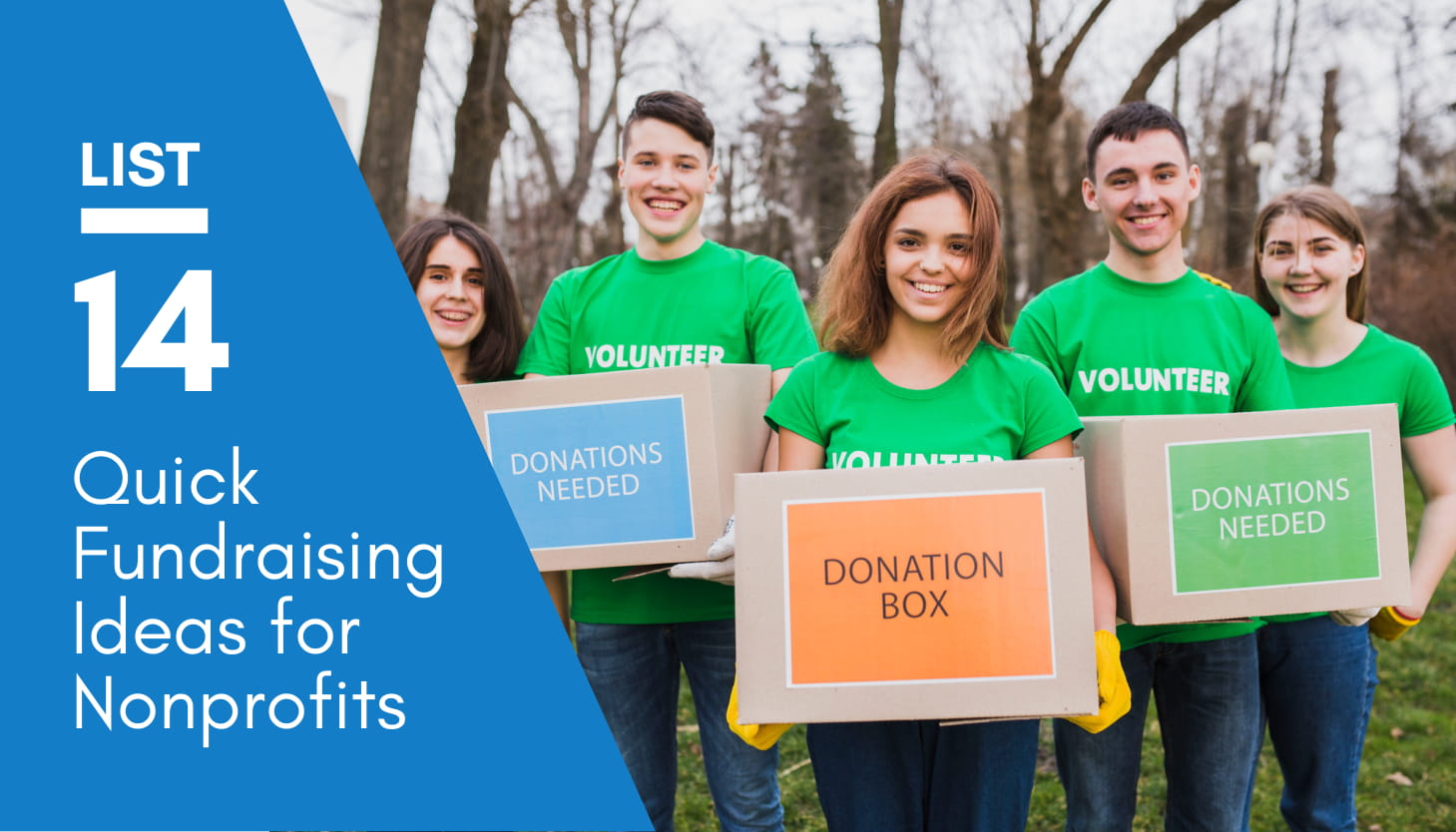Fundraising Consultant: Boost Your Nonprofit's Revenue with Specialist Aid
Fundraising Consultant: Boost Your Nonprofit's Revenue with Specialist Aid
Blog Article
The Function of Community Involvement in Nonprofit Fundraising: Structure Lasting Relationships for Sustainable Assistance
Area engagement is significantly acknowledged as a critical component of effective nonprofit fundraising. By cultivating authentic relationships with local stakeholders, companies can grow trust fund and loyalty, which are essential for sustainable support. Nevertheless, the methods and techniques utilized to engage communities differ widely, increasing vital questions regarding effectiveness and effect. What are the most effective techniques for growing these crucial connections, and just how can nonprofits determine their success in this field? Understanding these characteristics can substantially affect the future of fundraising efforts and the total objective of nonprofit companies.
Understanding Community Involvement
Area engagement is a vital component of successful not-for-profit fundraising efforts. Nonprofits must identify key stakeholders-- such as community members, regional companies, and other organizations-- to create reliable involvement techniques.
Efficient community involvement is based on active listening and responsiveness to the requirements and rate of interests of the neighborhood. This procedure includes soliciting feedback, comprehending community characteristics, and ensuring that the company's mission aligns with local top priorities. Engaging the neighborhood can take different forms, consisting of public meetings, volunteer possibilities, and collaboration efforts, each developed to urge involvement and financial investment in the organization's objectives.
Additionally, community involvement should be come close to as a recurring discussion instead of an one-time initiative. By cultivating an inclusive environment where area voices are heard and valued, nonprofits can build a solid foundation for future fundraising endeavors. Ultimately, a deep understanding of neighborhood interaction encourages organizations to produce genuine links that enhance their overall efficiency and sustainability.
Advantages of Solid Relationships
Strong connections developed via community engagement yield many advantages for nonprofit fundraising efforts. Primarily, these partnerships foster trust fund and reputation, important elements in encouraging contributors to add. When possible fans see a not-for-profit proactively involved in their community, they are most likely to think in its goal and effect.

Furthermore, these partnerships assist in efficient interaction. Nonprofits can take advantage of their connections to share tales of impact, updates, and requires, guaranteeing that fans stay enlightened and engaged. This open line of interaction not only reinforces bonds however also motivates word-of-mouth promo, expanding the nonprofit's reach.
Last but not least, strong area ties can draw in brand-new partners and enrollers. People and companies are extra inclined to straighten with organizations that demonstrate purposeful neighborhood participation, offering extra resources and support that can considerably enhance fundraising abilities. Hence, cultivating durable connections through area interaction is integral to a not-for-profit's long-term fundraising success.
Techniques for Effective Engagement
Just how can nonprofits successfully engage their communities to enhance fundraising initiatives? Normal updates, engaging web content, and calls-to-action can galvanize community interest and engagement.
2nd, holding neighborhood occasions, such as workshops, volunteer chances, or fundraising drives, assists in face-to-face interaction, permitting nonprofits to display their influence and look at here now efforts. These events not just increase funds however also cultivate relationships and permit area participants to engage directly with the cause.
Third, implementing individualized communication look these up strategies can boost interaction. Tailoring messages to certain contributor sectors based on interests and previous payments cultivates a sense of belonging and financial investment in the organization's mission.
Last but not least, producing collaborations with regional organizations and neighborhood leaders can amplify outreach initiatives. Collective campaigns can enhance presence and integrity, demonstrating a cumulative dedication to the neighborhood's health. By integrating these methods, nonprofits can construct long lasting partnerships that enhance fundraising efforts and drive lasting support.
Measuring Engagement Success
While engaging the neighborhood is important for effective not-for-profit fundraising, measuring the efficiency of these involvement efforts is just as essential. Developing clear metrics permits organizations to evaluate exactly how well they are getting in touch with their audience and achieving their fundraising goals. Secret efficiency indications (KPIs) such as donor retention rates, volunteer involvement degrees, and involvement on social networks systems provide tangible data for examination.

Routinely analyzing these metrics enables companies to pivot their techniques when necessary, guaranteeing that community involvement stays aligned with their general mission. In addition, sharing these results with stakeholders cultivates transparency and develops trust, motivating further neighborhood participation. Ultimately, a robust dimension structure not only educates future fundraising campaigns but likewise reinforces the connection in between the More Help nonprofit and its fans, preparing for lasting success.
Case Research Studies in Area Impact
Countless study show the profound influence that community interaction can have on not-for-profit fundraising success. One noteworthy instance is the "Food for Idea" initiative, where a regional food financial institution partnered with organizations and schools to host neighborhood suppers. These occasions not only raised funds however additionally cultivated a sense of belonging among participants, substantially increasing benefactor retention rates.
An additional engaging case is the "Eco-friendly Spaces Job," which entailed neighborhood homeowners in the revitalization of city parks. This campaign not only amassed financial backing from local businesses but also cultivated a volunteer base that contributed to continuous maintenance and programs. The sense of ownership and pride among community members translated into sustained payments.
In the realm of arts, the "Art for All" campaign successfully involved neighborhood musicians and clients to develop joint art setups, causing boosted presence and contributions for a regional arts nonprofit.
These examples highlight that when nonprofits focus on area participation, they can produce long lasting relationships that enhance fundraising initiatives, ensuring lasting assistance and promoting a dynamic community culture. Such instances demonstrate that community engagement is not just an approach yet an essential column of not-for-profit success.
Final Thought
Finally, community involvement is important to the success of nonprofit fundraising efforts. By cultivating strong relationships with regional stakeholders, organizations boost depend on and trustworthiness, causing boosted contributor retention and loyalty. Applying effective involvement methods and measuring their influence makes sure that nonprofits can adapt and prosper. Ultimately, a robust foundation of neighborhood assistance not just magnifies fundraising potential however additionally cultivates a society of collaboration, crucial for accomplishing lasting organizational objectives and maintaining meaningful influence.
Nonprofits have to determine crucial stakeholders-- such as neighborhood participants, regional companies, and various other organizations-- to produce reliable engagement techniques.

In final thought, area engagement is indispensable to the success of nonprofit fundraising efforts.
Report this page